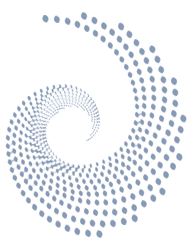Volume 08,Issue 04
Using Semi-Automated Parametric Methods in Calculation of Thermal Performance in Historic Buildings
Authors
Ömer Özeren, Mustafa Korumaz
Abstract
Although the global energy demand is increasing daily, different policies are being implemented to reduce energy demand. The policies developed since buildings are responsible for about a quarter of energy consumption also cover buildings. Heritage buildings, which have a large proportion worldwide, especially in Europe, will be important in achieving future energy targets with energy performance retrofits. It is hoped that climate change can be prevented by reducing carbon emissions. In order to provide energy efficiency in buildings, heat losses in the building envelope are being minimized. In traditional structures, reinforcement is usually carried out within the building envelope. However, energy retrofitting in historic buildings is a very challenging process. Since any intervention requires the protection of existing building materials, problems and solutions must be realized by considering heritage values. The use of BIM-based systems with the developing technology makes the process easier. With the HBIM model obtained from point clouds, all possible interventions can be observed and planned in advance. This study proposes a semi-parametric performance calculation system based on BIM-based TS 825, using Revit and its add-on Dynamo, considering the insulation material type and thickness over the HBIM model. The system allows data visualization and isolation changes in the HBIM environment to occur simultaneously on the HBIM model. The study was carried out as a case study on a representation of traditional Turkish houses located in the Tire district of Izmir province in Turkey. According to the study’s results, an average of 54% of energy efficiency has increased.
Keyword: HBIM, Historic buildings, Energy retrofit, Parametric design, Traditional Turkish house.
PDF [ 589.04 Kb ] | Endnote File | XML


